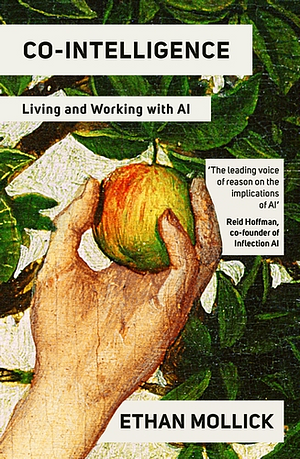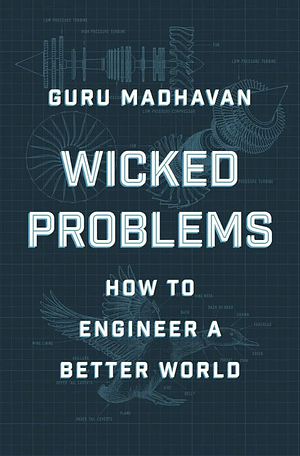Both/And Thinking - First 2 Paradox Types
I’ve started reading Both/And Thinking and am capturing my thoughts here as I go. Right now these are mostly the raw notes as synthesis comes later. You may find it interesting to start with the first post in this series or to read them all.
Today’s reading focused on defining paradoxes which they render as, “contradictory, yet interdependent elements that exist simultaneously and persist over time.” These can be imagined using the Yin-yang symbol. The sides are seeded by each other, and persistently in flow.
The authors also give an example of how paradoxes define our groups and teams.
Kenwyn Smith and David Berg point to these tensions in their book Paradoxes of Group Life. For example, as they note, high-performing teams need individuals to give their best and distinctive efforts. Doing so often fosters competition between team members, but it also requires collaboration to prioritize the collective.
The paradoxes at this level go further. It has been shown by Dorothy Leonard that as organizations get better at their technical capability, shared values and with their current products they can see a fly wheel effect. However, this ultimately can create a rigid structure that inhibits innovation. “[P]aradoxically that what fuels an organization’s success often leads to its failure.”
Their research has led them to identify 4 types of paradoxes. There is no need to categorize every paradox into one of these categories though, the toolset (which is later in the book) works well with all of them. However, the categories help us surface them. I read about two of them today, the rest for tomorrow
Performing Paradoxes
These appear as ‘Why?’ questions and expose competing demands. e.g. Why invest in this initiative?
Marianne and Wendy show that corporate social responsibility is a classic example of a performing paradox. It pits the pursuit of shareholder profits against other potential objectives. While discussing this, they point out that “organizational scholars Ed Freeman, Kirsten Martin, and Bidhan Parmar, in their book “The Power of And” find that leaders develop more impactful, profitable and sustainable business solutions by building on five core ideas:
- the importance of purpose, values and ethics as well as profits
- the centrality of creating value for stakeholders, as well as shareholders
- seeing business as a societal institution as well as a market institution
- recognizing the full humanity of people, as well as their economic interests
- integrating “business” and “ethics” into more holistic business models”
Learning Paradoxes
These appear as ‘When?’ questions and expose challenges across time. e.g. When do we shift strategies?
These paradoxes appear with rising expectations for agility. They show up when companies have grown large and can no longer be nimble.
The late James March, an organizational scholar, has articulated the challenge: innovating takes different skills, approaches and perspectives than managing the core business. He describes these two modes as exploring new opportunities and exploiting the current realities.
A focus with these is to figure out how to find synergies. “How could today’s successes support tomorrow’s growth? How could tomorrow’s innovation reenergize today’s successes?”
Coming Soon
Today’s reading period ended before I got to the next two types, Organizing and Belonging.
On a more meta level, keep in mind that my goal here is to capture raw ideas. There will be less synthesis at this stage and more raw quoting to capture the thoughts. Over time synthesis will come though.
Also, while reading today I felt very self-aware/self-conscious. I was reading and thinking, “ooo, I better highlight something.” It was kind of surreal. I think it is part of being intentional about this reading, as I am normally not a highlighter or note taker.



